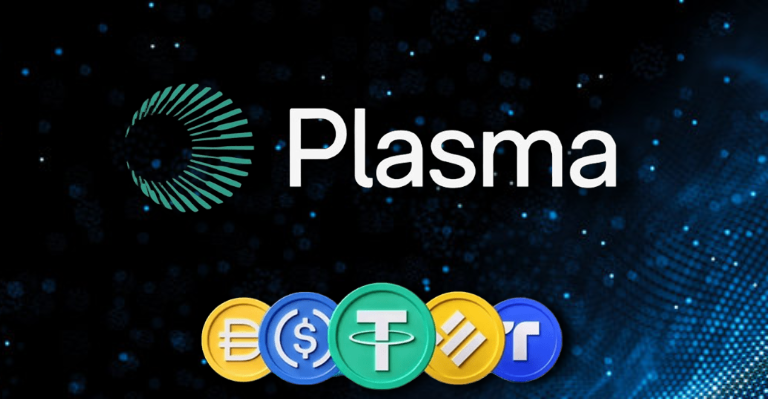TL;DR
- Plasma, a Bitcoin sidechain designed for stablecoin transactions, has opened its $50 million XPL token sale after securing backing from Bitfinex and Founders Fund.
- The sale targets users who staked stablecoins in June and will allocate 10% of the token supply at a $500 million valuation.
- With $1 billion already locked in its vault, Plasma aims to deliver zero-fee USDT transfers using EVM compatibility for faster, cheaper global payments.
Plasma’s decision to open its token sale this week marks a significant expansion push for stablecoin payments worldwide. Users who committed stablecoins last month now receive XPL token allocations proportionate to their stake’s value. Using Sonar’s ICO platform, the sale will remain open for about ten days, allowing verified participants to acquire tokens ahead of the mainnet beta.
Backing from prominent investors like Bitfinex, Framework Ventures and Peter Thiel’s Founders Fund underscores growing confidence in stablecoins as practical payment rails. Stablecoin transactions already account for billions of dollars daily on blockchains like Tron and Ethereum. Plasma aims to attract some of that volume by eliminating fees on transfers, starting with USDT, which remains the dominant stablecoin in circulation.
Regulators worldwide have sharpened their focus on stablecoin oversight, pushing for stronger reserve rules and audits. While this scrutiny could challenge some issuers, it also fuels innovation for compliant, efficient networks. Plasma’s approach combines Bitcoin’s security with EVM smart contracts, promising an alternative channel that keeps fees minimal and speeds high.
Global Backing Powers Ambitious Expansion Plans
Plasma’s testnet launched on July 15, giving developers time to experiment with zero-fee transactions before the mainnet goes live. According to founder Paul Faecks, the goal is to make cross-border payments seamless for everyday people, unlocking a more open financial future.
With its initial deposit round hitting a $1 billion cap in just 35 minutes, early support suggests strong demand for reliable stablecoin rails. The chain’s liquidity vault plays a vital role, offering stability for users and businesses that depend on predictable transaction costs.

Regulatory Trends May Shape Stablecoin Innovation
Governments continue moving forward with new policies like the GENIUS Act and the STABLE Act in the U.S., while the EU’s MiCA rules have been fully in effect since 2024. These developments may define which projects thrive. By focusing on speed, security and transparency, Plasma seeks to stay ahead of evolving compliance needs and deliver accessible, cost-efficient stablecoin services worldwide.
For now, the next ten days will be crucial as the XPL token sale sets the tone for Plasma’s wider adoption in a booming stablecoin economy.

